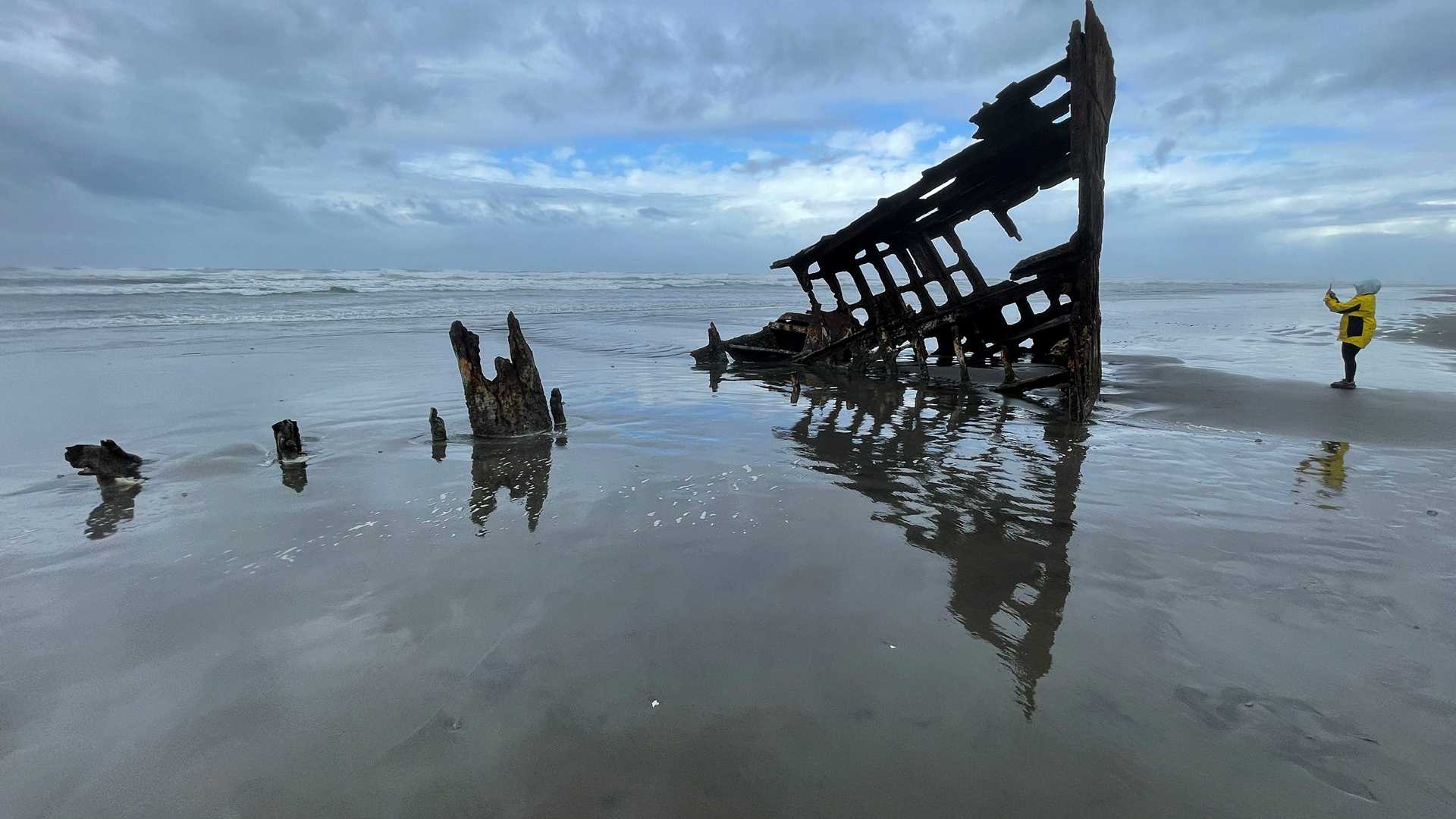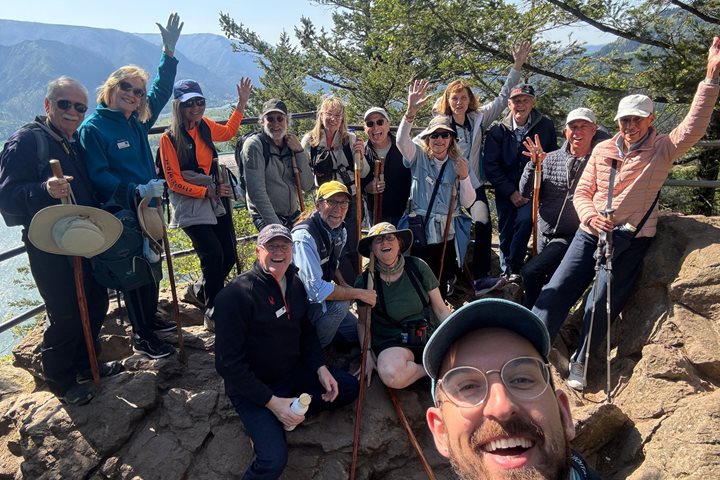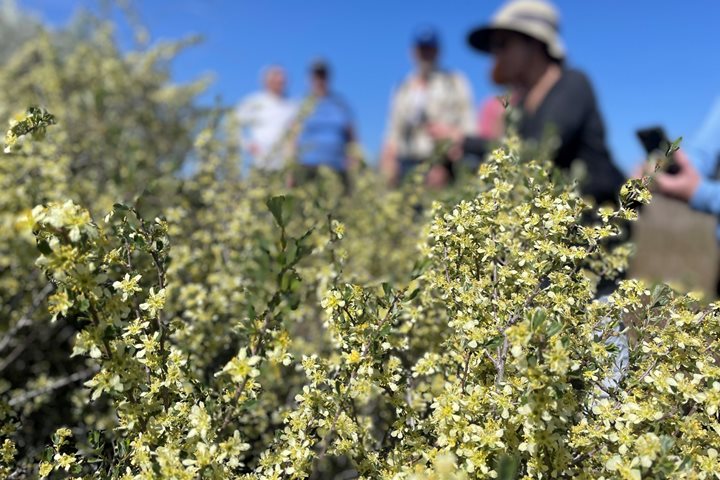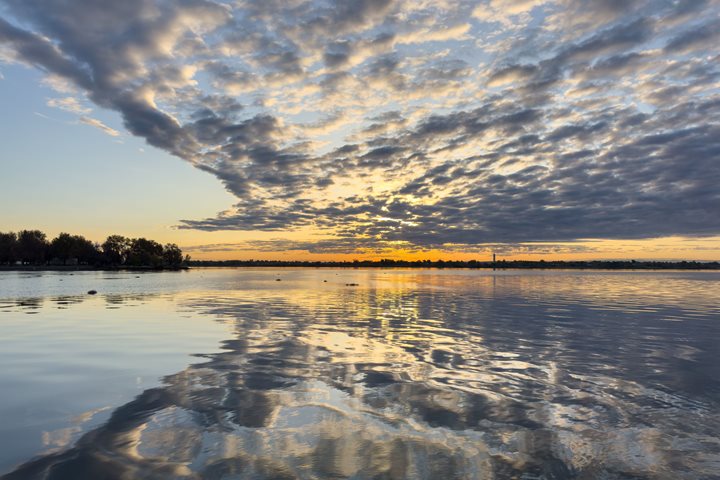Lewis, Clark, and the Corps of Discovery reached the Pacific Ocean in late November 1805 after travelling 4,142 miles (by their calculations). On the National Geographic Quest, we began in Portland, Oregon, and sailed in luxury to arrive in Astoria, Oregon, on Monday, September 27. We utilized coaches to visit the Columbia River Maritime Museum and then Fort Clatsop and Fort Stevens. The day offered a mixture of weather and winds which is typical for coastal Oregon. Fort Clatsop is a replica of the one the Corps of Discovery built in December of 1805 as their winter quarters. Fort Stevens was constructed in 1864 and remained active through World War II as part of the United States defense of the mouth of the Columbia River from potential enemies. The Quest sailed westward briefly to glimpse the conditions of the Columbia River Bar. Our journey lies to the east as we sail up the Columbia River toward Lewiston, Idaho, one of the furthest inland ports in America.
Call +1.800.397.3348 or contact your travel advisor







